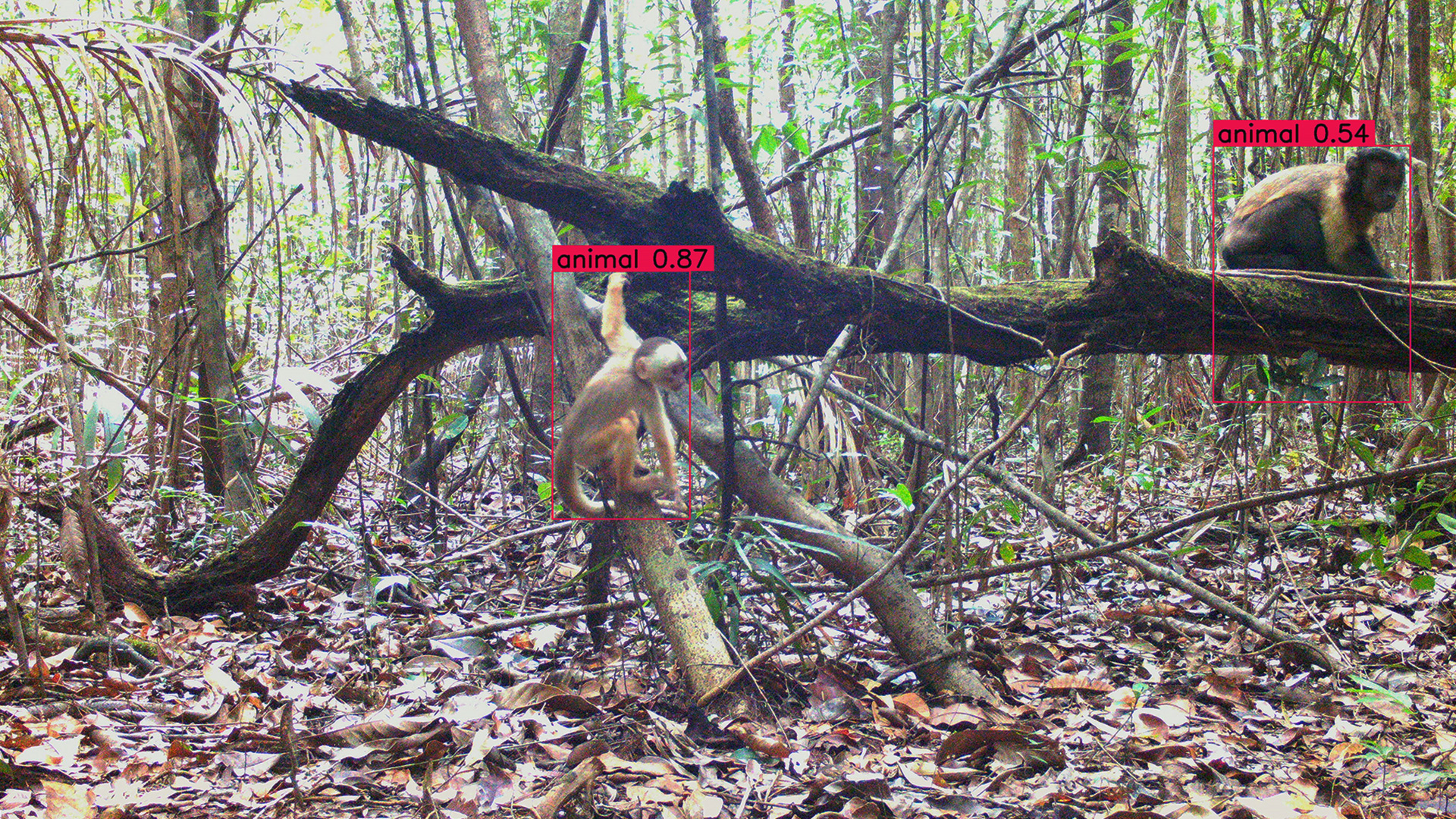The Amazon rainforest stands as the world’s most intricate biological ecosystem, housing millions of plant, bird, and wildlife species. Many of these species are yet to be thoroughly studied by scientists. However, from 2022 to 2023, the Amazon suffered a significant loss of approximately 3 million hectares due to deforestation. This translates to an alarming average of 10,000 acres disappearing each day, as reported by the Monitoring of the Andean Amazon Project.
Colombia, which contains 10% of the Amazon within its borders, is leveraging advancements in cloud computing and artificial intelligence (AI) to combat deforestation in a novel way. These efforts aim not only to improve the climate but also to protect the region’s flora, fauna, and Indigenous communities from potential harm.
Luz Marina Mantilla, General Director of Instituto SINCHI, emphasizes the critical importance of preserving the Amazon’s integrity. "It is important to maintain the integrity of the Amazon region because when we lose integrity, we lose coverage, we lose fauna, we lose flora, and the jungle disappears. That’s what we don’t want to happen."
Project Guacamaya: A Collaborative Effort
Project Guacamaya is a collaborative initiative involving the CinfonIA Research Center at Universidad de los Andes, Instituto SINCHI, Instituto Humboldt, Planet Labs PBC, and Microsoft AI for Good Lab. This project employs cutting-edge AI models to monitor deforestation and safeguard the ecosystem’s biodiversity. The approach combines satellite imagery, camera traps, and bioacoustics to achieve its goals.
The Role of Bioacoustics
Bioacoustics play a crucial role in monitoring the forest’s overall health. By analyzing changes in sound patterns, researchers can identify areas of the Amazon that may be at risk. This technology thus serves as an early warning system, allowing for timely intervention.
"Technology will be a game-changer in saving the Amazon," states Pablo Arbeláez, director of the CinfonIA Research Center.
Harnessing Advanced Technology
The project utilizes an array of technologies, including data science, machine learning, cloud computing, and AI, to identify deforestation patterns more quickly. This enables faster action in areas that are at risk. The custom audio language model, known as CLAP, was developed by Microsoft, specifically for this project. The image models are trained using open-source frameworks, including Pytorch Wildlife, also developed by Microsoft.
Juan Lavista Ferres, Corporate Vice President and Chief Data Scientist at Microsoft’s AI for Good Lab, highlights the collaborative nature of the project. "I think it shows the best of private sector, NGOs, universities, and governments working together. This is a great example of how AI accelerates and supports the work of conservationists. We’ve already made significant progress through this collaboration, and I’m looking forward to more impact."
Key Updates in Project Guacamaya
Over the past year, several significant updates have enhanced Project Guacamaya, providing researchers with more tools and better capabilities to track and understand deforestation patterns. These updates include:
Daily Satellite Images from Planet Labs: Previously, imagery was available on a monthly basis. Now, researchers receive daily updates, enabling them to set up daily alerts using satellite images that monitor the Amazon.
Amazon-Specific AI Models: These models are tailored to identify species specific to the Amazon region, allowing researchers to work ten times faster compared to earlier methods.
Governmental Collaboration: The Institute of Hydrology, Meteorology, and Environmental Studies (IDEAM), responsible for Colombia’s official deforestation reports, will now incorporate Project Guacamaya’s models into its reporting.
Open-Source Biodiversity Model: The project has released Pytorch Wildlife, an open-source platform designed for creating, modifying, and sharing powerful AI conservation models.
Hernando García Martínez, General Director of Instituto Humboldt, stresses the importance of this integrated approach. "With this connection of knowledge, institutions, and technology, we want the country to move more forcefully in making critical decisions on how to maintain and conserve ecosystems. We need people to understand the value of nature."
The Impact of Amazon-Specific AI
The Amazon-specific AI developed for this project has dramatically simplified the process for scientists studying the rainforest’s wildlife. By focusing on species native to Colombia, the model narrows down the research scope, making it ten times easier to identify local animals.
Good to Know: The Importance of the Amazon
The Amazon rainforest is not just a local treasure; it’s a global one. It plays a significant role in regulating the Earth’s climate by absorbing vast amounts of carbon dioxide. Losing parts of this vital ecosystem to deforestation has far-reaching consequences, including increased greenhouse gas emissions and loss of biodiversity.
Reactions and Reviews
The collaborative nature of Project Guacamaya has been met with positive reactions from various sectors. Conservationists appreciate the role of advanced technology in providing timely data, which is crucial for making informed decisions. Governments and NGOs are also recognizing the importance of such collaborative efforts in tackling global challenges like deforestation and climate change.
In summary, Project Guacamaya represents a significant step forward in the fight against deforestation in the Amazon. By combining the expertise and resources of various organizations, the initiative not only aims to protect the rainforest but also to set a precedent for future conservation efforts worldwide. For more information, you can visit the original source.
For more Information, Refer to this article.


































